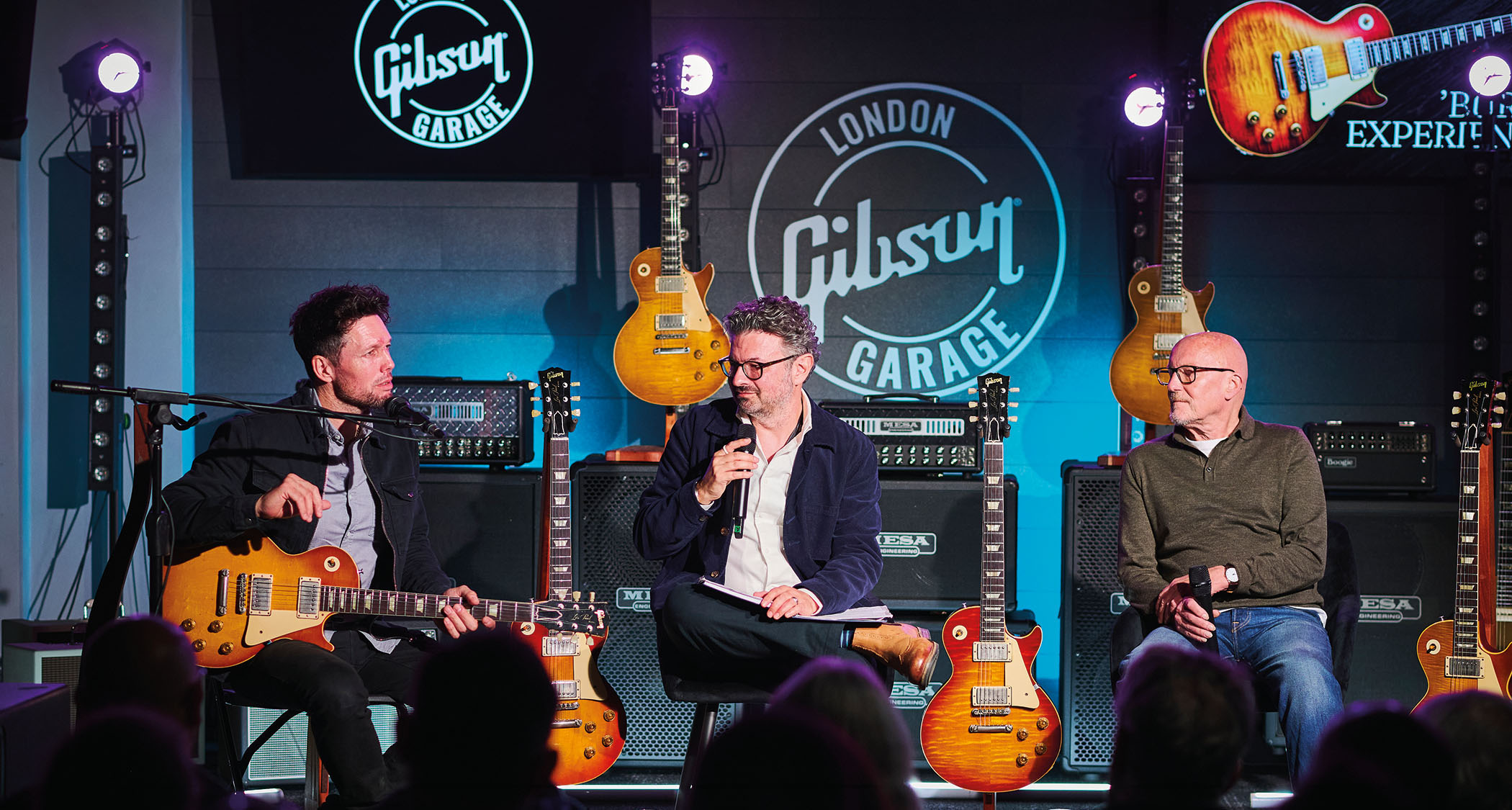How Fender shook up the ‘new vintage’ market with the American Vintage II series
As Fender returns to year-specific reissues once again, we ask Justin Norvell what’s new when it comes to recreating the past
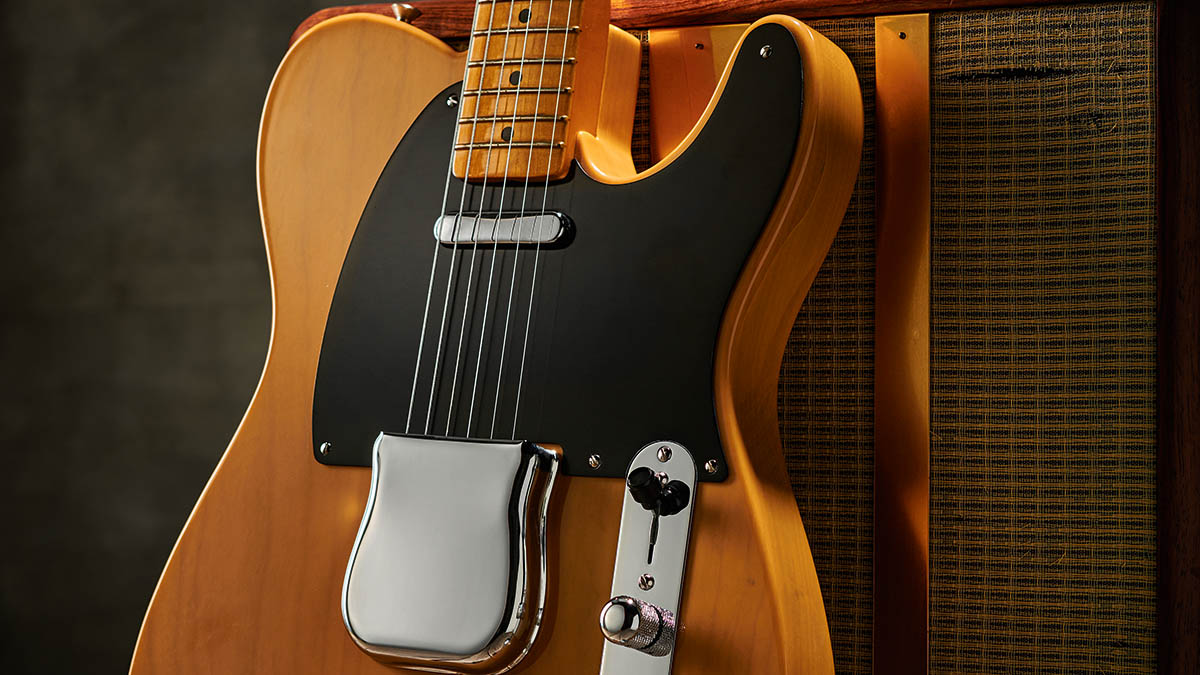
Fender’s American Vintage reissues (often abbreviated to AVRI) have long enjoyed a great reputation as high-quality instruments that are as near as you can get to genuine vintage Fenders south of the Custom Shop. And with Custom Fenders now routinely costing over three grand, the idea of a really accurate reissue costing a fair chunk less is very tempting.
Over the past few years, fans of vintage Fenders have had to content themselves with the American Original range, which aimed to provide a general flavour of 60s Stratocasters and 50s Teles, for example, while offering flatter fingerboards and other modern conveniences.
While those were very decent guitars, the launch of the American Vintage II range marks a return to stringent period-correct details and electric guitars based on those made in specific milestone years. This time around, however, Fender has brought some of its deeper cuts into the range – including 70s electrics and more, as executive vice president of products, Justin Norvell, explains.
Why have you chosen to go back to year-specific reissues after the more generic American Original series?
“The American Vintage series had been around for so long [prior to American Original] and some of those models were so entrenched in the public consciousness – they’d been done for many, many years.
“But when we would talk about what years to do in the American Vintage range, we’d find we liked this spec from this year, but other details from another year. And it kind of led us down the path of what American Original became, which was kind of a ‘greatest hits’ package of each decade, which is cool. And I think a section of people really liked that and responded to it.
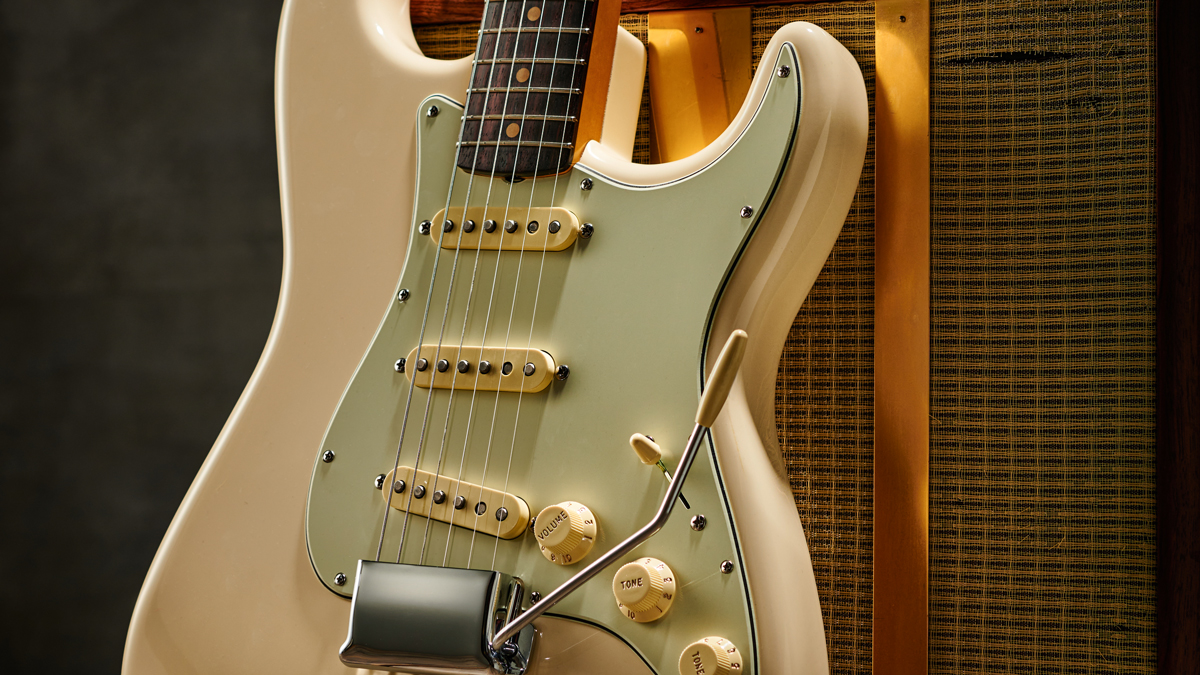
“But when someone is into vintage, one of the things they like is a guitar being a reissue of something [specific, not an amalgam of features] and there were definitely a lot of people asking for a return to year-specific models. Plus with that [American Original] as like a palate cleanser, it got really exciting to ask ourselves: ‘If we started doing year models again, what would that be like?’
All the latest guitar news, interviews, lessons, reviews, deals and more, direct to your inbox!
“Because we didn’t want to just return to just doing the ’52 Teles and the ’62 Strats – although the ’57 Strat stays in there. It was more a case of, ‘Well, what would be a different approach?’ But we knew that ‘different approach’ couldn’t just be picking arbitrary years that weren’t the years we’d done before.
“So the R&D team and the Product Team, we just got talking about what we really liked. To me, the ’62 Jazzmaster has been around forever, but the ’66 model with the blocks and the painted headstock – that’s also kind of a quintessential guitar that we hadn’t done before in the series. If you look across the new models, there’s round-lam fingerboards, there’s slab fingerboards, there’s the different dot-spacings, V-necks, C-necks…
“There’s so much that’s different throughout eras, so it’s really fun to just pick [models] from some of those time periods. Because when you’re talking about the Strat from ’54 to ’57, the amount of changes that went down… there’s just so much movement in the line.
“And it’s interesting because people will look at an old Tele or an old Strat and think that so little has changed, but underneath everything was always changing. So this is kind of our homage to these different periods of time and [it’s about] making a really unique line-up of instruments and returning to that year-specific concept where every screw hole is located [precisely where it should be]. We’re really excited to be bringing it back.”
What particular features inspired you to recreate the ’51 Telecaster?
“The ’52 Tele became kind of iconic, probably because that was the original one that we redid [when Fender first started making year-specific reissues], but actually ’51 was the year that the ‘Nocaster’ became the Telecaster – so ’51 is the original year and we just wanted to pay homage to that.
“There are tiny things – the dot spacing is a little bit different to the ’52, for example – but it was really just kind of planting the flag at the beginning of the origin story of the model, not somewhere in the middle where things are humming.”
You’ve also introduced some emphatically 70s models. It feels like post-CBS Fenders are getting a bit more love than they used to.
“Yeah, so I would say it’s probably been over a decade that they’ve gradually been reappraised in people’s minds. There was a time where CBS-era instruments were just Kryptonite, all of them, but it turns out there are some good ones and there are some that are not so good and there was inconsistency, et cetera… we all know the story. But Fender brought Roger Rossmeisl in during the 70s and there was some really innovative stuff happening through the decade.
I mean, a Tele Custom, whether it’s in the hands of Keith Richards or whoever, is a hallmark instrument
“We didn’t include a Starcaster here or anything, but the CuNiFe [Wide Range] pickups were Seth Lover-designed and we have been able to have CuNiFe, which was unavailable for quite a while, made again. So these are not what people used to call ‘CuNi-fakes’; prior to now, everybody made something that approximated that sound.
“But we’ve actually re-sourced the correct magnet material and we’re remaking those pickups and that’s a great voice and a piece of our canonical history of tone. I mean, a Tele Custom, whether it’s in the hands of Keith Richards or whoever, is a hallmark instrument.
“When it comes to the ’73 Strat, we picked that because Mocha was a colour that year and also ’73 was the last year of staggered polepieces before they all got flat. Also, it’s interesting because you get to do the ‘suntan’ on the ’73 Strat, where the fretboard is lighter than the headstock because the headstock was still lacquered by that stage, but the neck itself was poly.
“I think that people have re-approached that era’s guitars with a little bit more adoration and affection. And I think that, historically, maybe the execution of some of those designs was not perfect back then, but the conceptual design itself was great. Being able to now make those at a very high level of quality, where you’re not rolling dice – you can get what they were shooting for. That’s really powerful.”
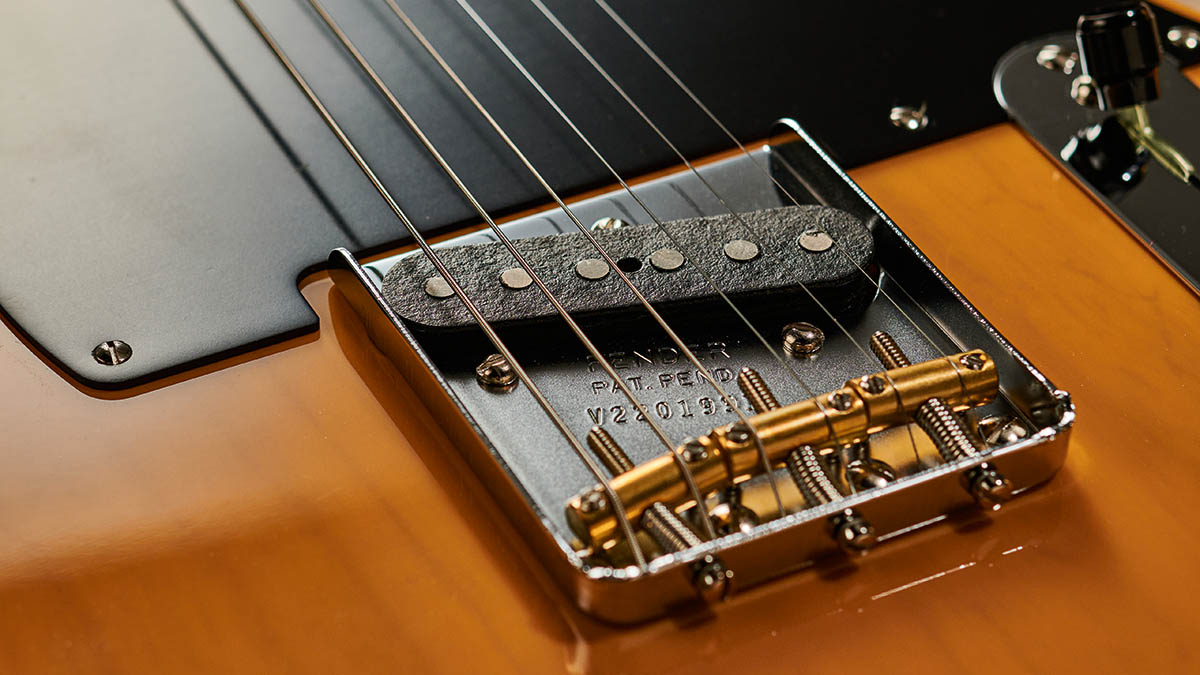
Were the pickups in the AV II range developed specially for the new guitars?
“When it comes to the CuNiFe pickups, I think the neck had already come out on an Original extension [of the model range]. That said, the CuNiFe pickups are still new to us and we’re still just getting into building those and having full sets of those. Elsewhere, pickup design was always kind of a continuous improvement and a work in process. So we weren’t starting from zero, but we did dial in the pickups for each model separately.
With the Teles, you’ve got brass saddles on one and steel saddles on another and a rosewood ’board et cetera, so that all those factors play into pickup voicing
“You don’t just take the pickups out of a mid-60s guitar and put them in an early 60s guitar – we actually went back and we did it all [right for the year and model in question], especially with the Teles. With the Teles, you’ve got brass saddles on one and steel saddles on another and a rosewood ’board et cetera, so that all those factors play into pickup voicing [and] what you’re looking to get out of that.
“We’re also always thinking about the music of the day, the records that use those instruments on them and we also need to consider the difference between what those guitars would have sounded like new versus what an old one sounds like today, because they’ve mellowed and degaussed and all of that stuff. So it’s about deciding, ‘Where do we want that pickup to fall on the brightness scale?’ and so on.”
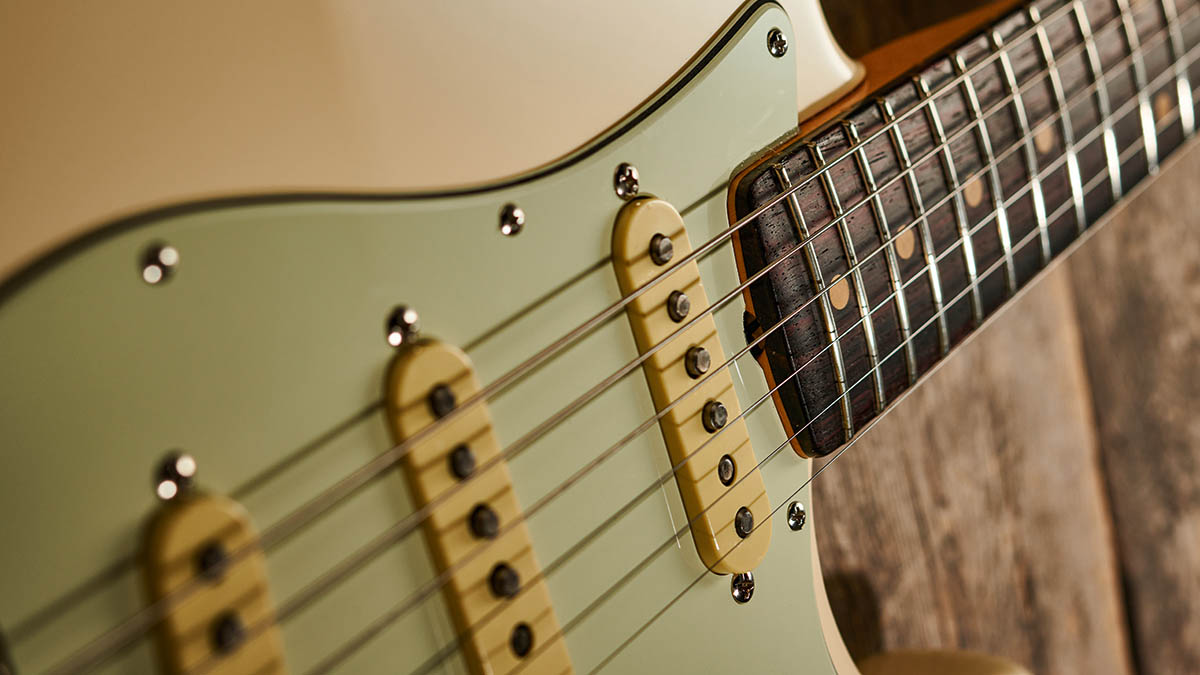
When you last overhauled the American Vintage reissue line back in 2012, some of the hardware that was developed went on to be used on Custom Shop guitars, didn’t it?
“I mean, in all honesty, a lot of times the vintage correctness flows downhill from the Custom Shop to the production line. But that said, a lot of times the Custom Shop is making Custom guitars and not saying, ‘Let’s go through every [historic model of] guitar and redo all the tooling and stuff as a project.’
“So in 2012, particularly, we kind of let the Custom Shop know what we were doing in advance and we kept them in the loop. And we kept telling them about things as they were happening and then we would bring [the guitars] to the master builders and get their viewpoint on those components and those things, and that continues to this day. The CuNiFe pickups are a great example of that.
Vince Gill finds and buys early Blackguard Telecasters with tiny necks. That’s not the spec that people usually think of – it’s typically a chunkier U shape – but he manages to find them
“But it’s also useful for us to ask, ‘What do you, as a master builder, personally like about a ’63 Tele? If you were going to build one, what would be the key hallmarks?’ Because things varied more than you might think.
“For example, [celebrated country guitarist] Vince Gill finds and buys early Blackguard Telecasters with tiny necks. That’s not the spec that people usually think of – it’s typically a chunkier U shape – but he manages to find them. Obviously, there was someone at Fender at the time who was making necks a little differently.
“It’s about knowing that there’s no cemented rule to say that, ‘This was the way they were in that year.’ There’s always a little bit of play. It’s partly about asking, ‘What have you seen or experienced?’ to this hive mind of people in the Custom Shop and the guitar knowledge they collectively have. If that resource is there, then you’ve got to use it.”
- To find out more about the American Vintage II range, head over to Fender.
Jamie Dickson is Editor-in-Chief of Guitarist magazine, Britain's best-selling and longest-running monthly for guitar players. He started his career at the Daily Telegraph in London, where his first assignment was interviewing blue-eyed soul legend Robert Palmer, going on to become a full-time author on music, writing for benchmark references such as 1001 Albums You Must Hear Before You Die and Dorling Kindersley's How To Play Guitar Step By Step. He joined Guitarist in 2011 and since then it has been his privilege to interview everyone from B.B. King to St. Vincent for Guitarist's readers, while sharing insights into scores of historic guitars, from Rory Gallagher's '61 Strat to the first Martin D-28 ever made.




